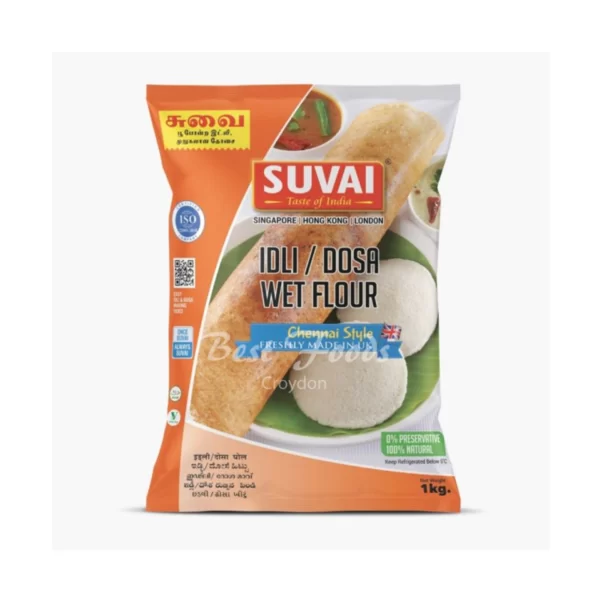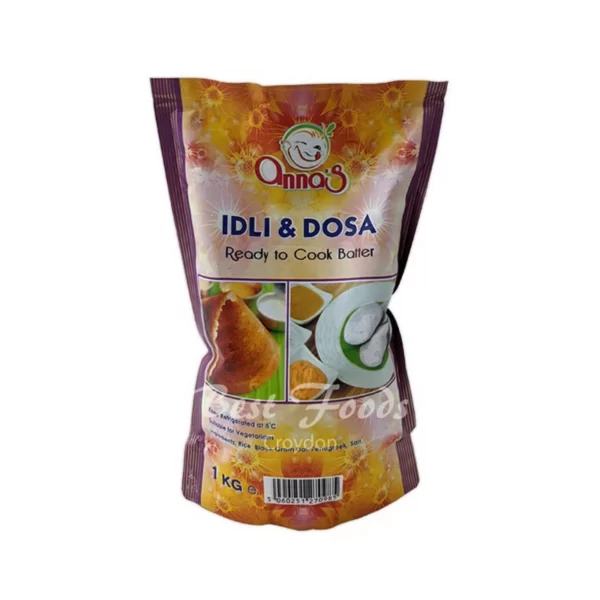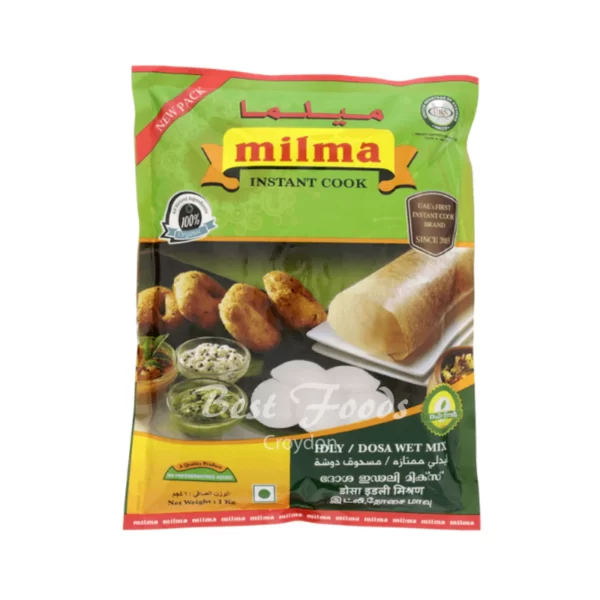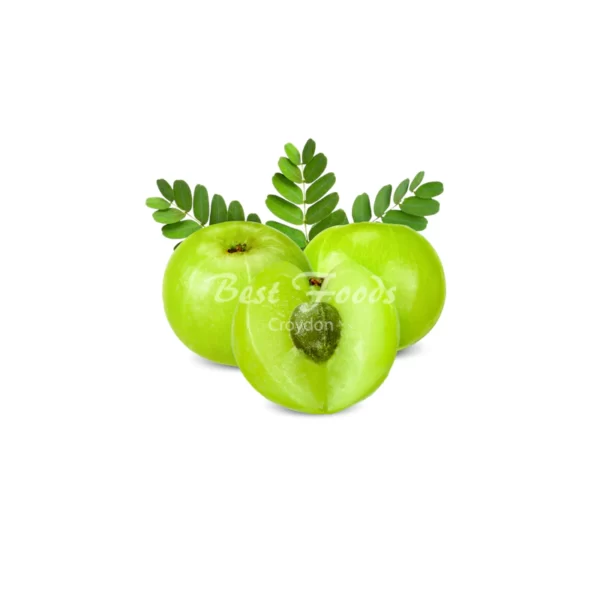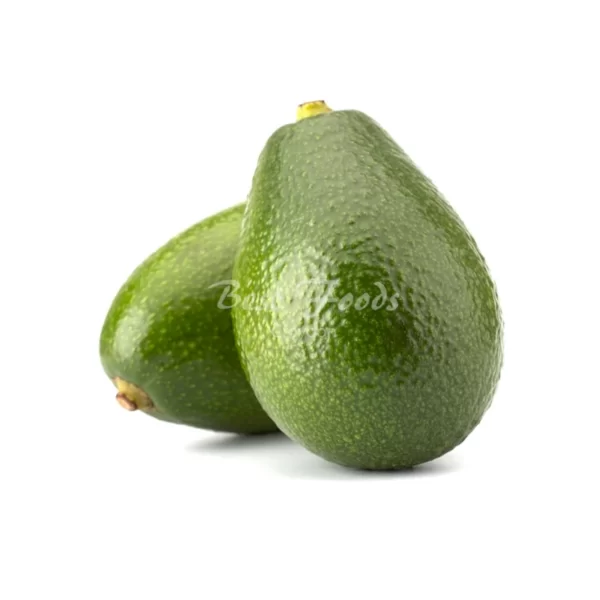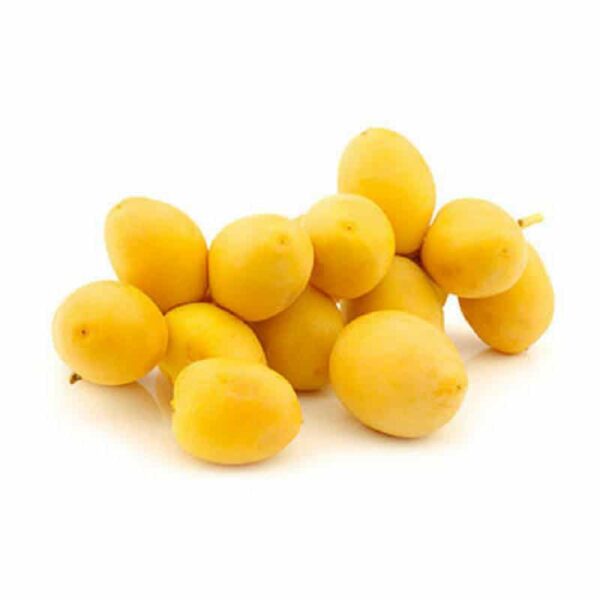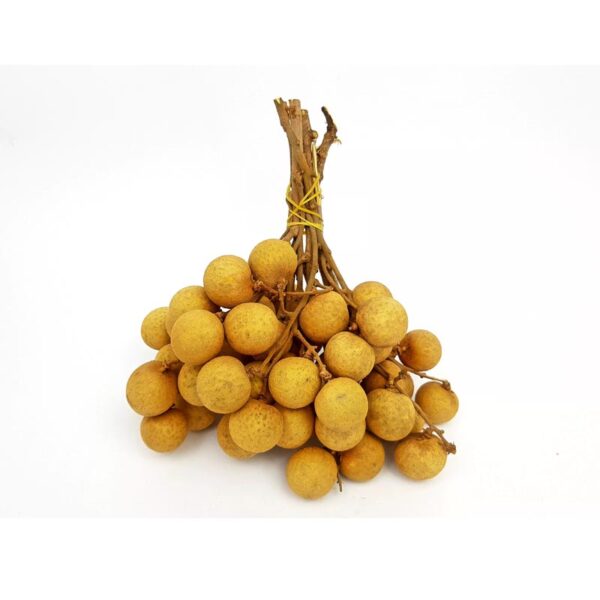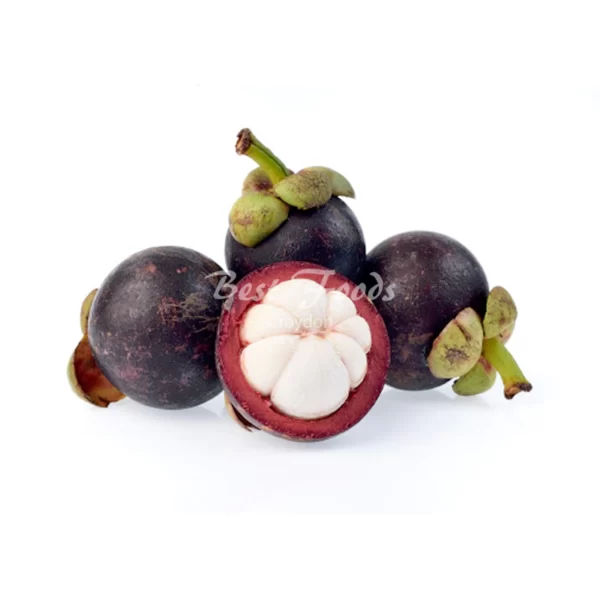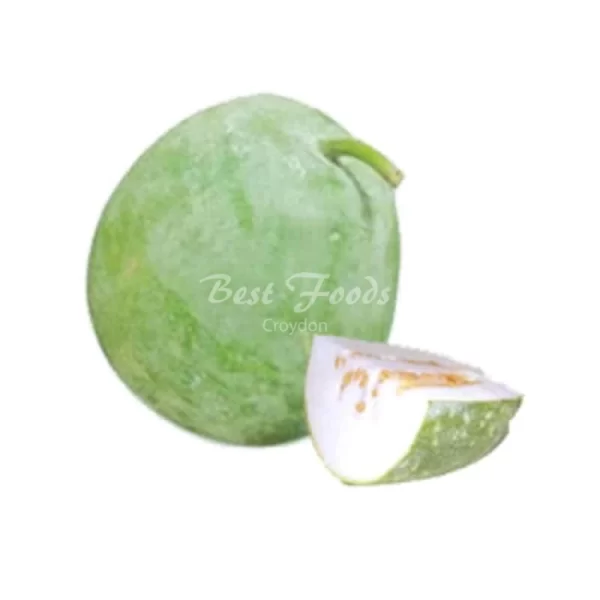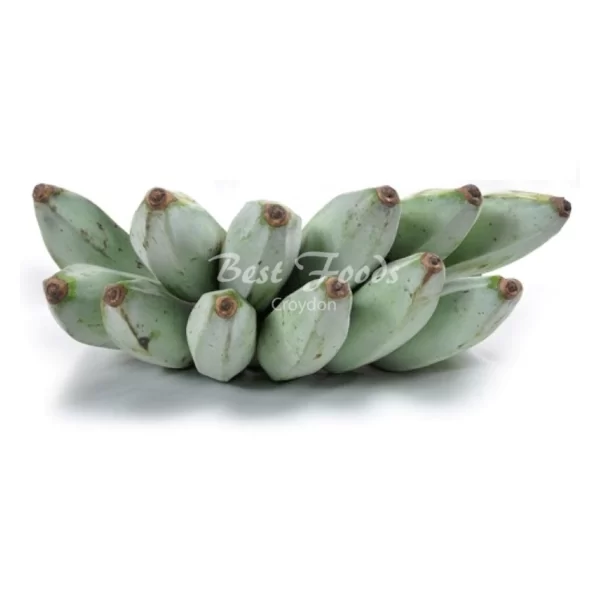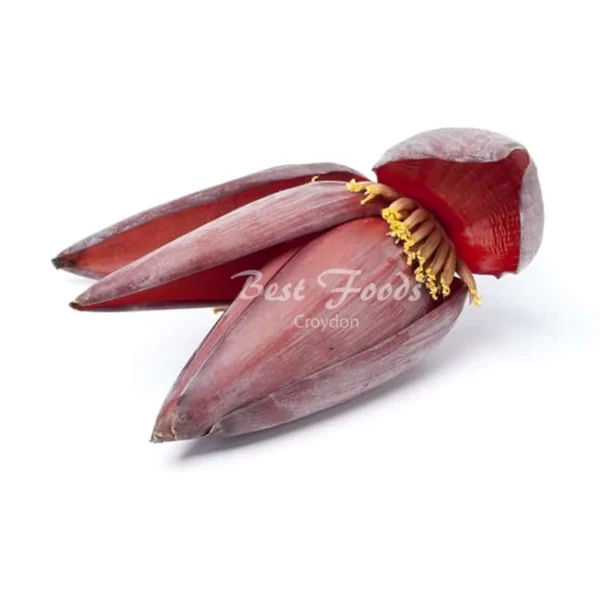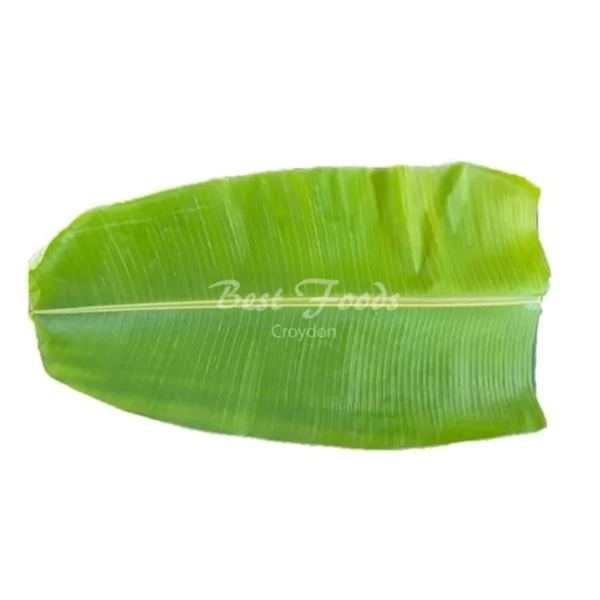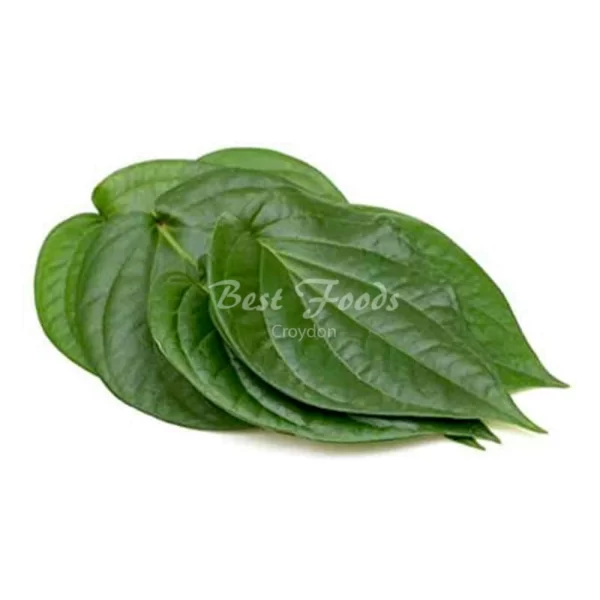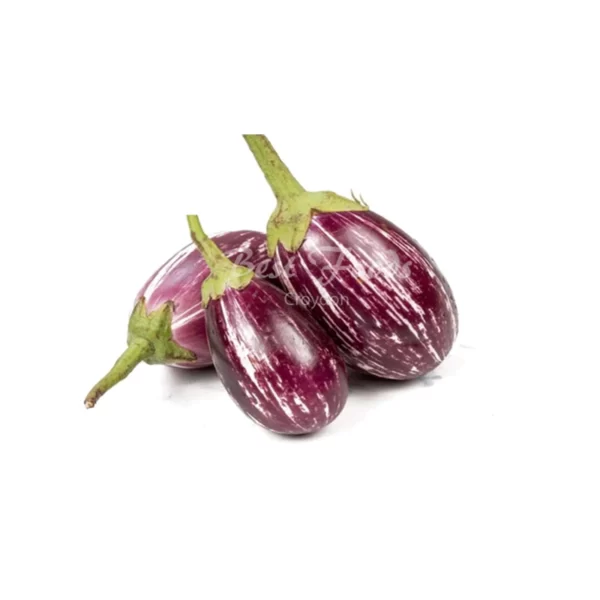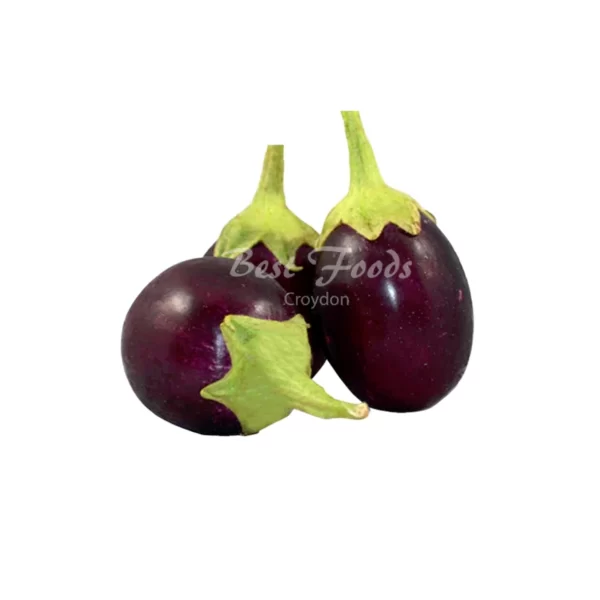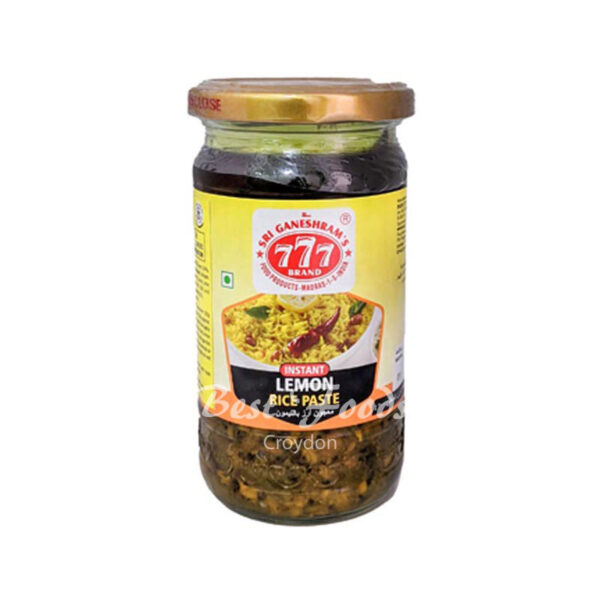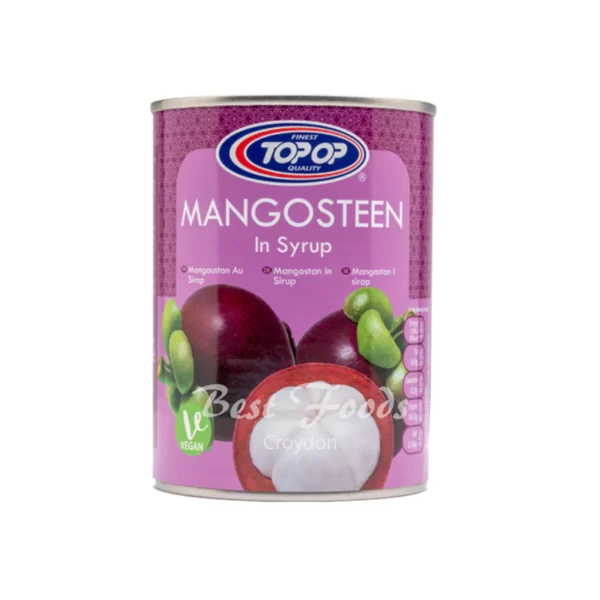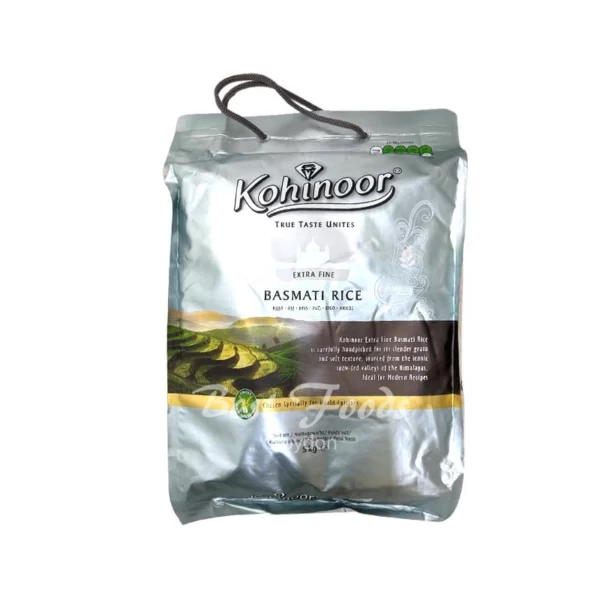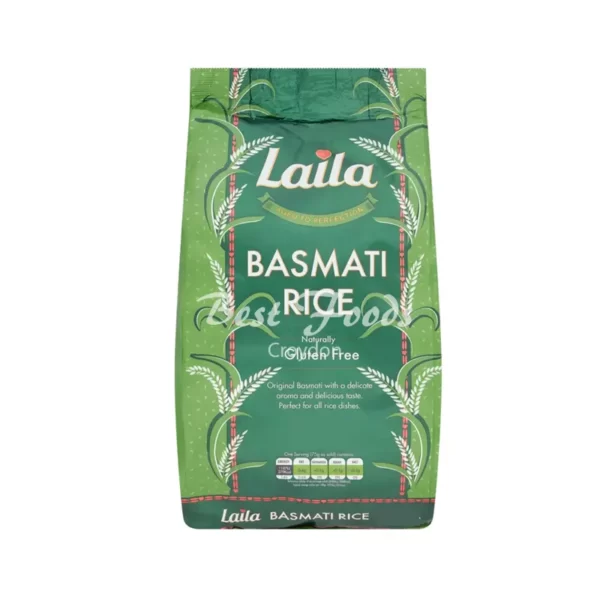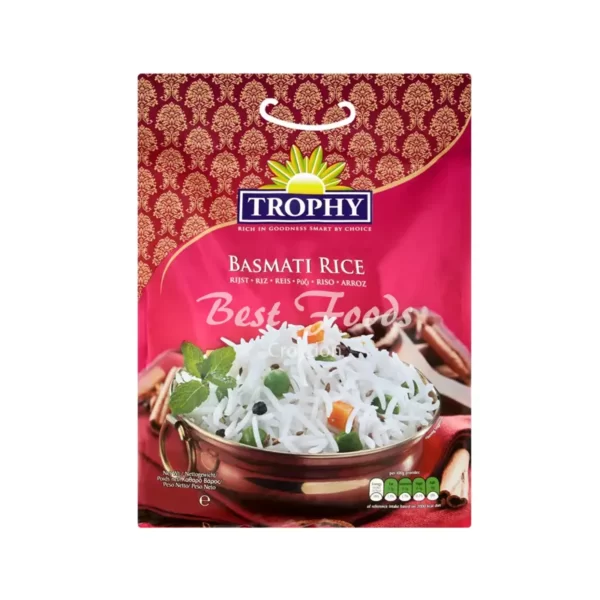| Weight | 0.15 kg |
|---|
Amla (Approx 150g)
Product Description
Amla are small, round berries with light-green skin. The skin is almost translucent, with 6 to 8 faint yellow striations, making the Amla appear to be segmented. The skin is tough, yet thin with a flesh that is crisp and juicy with a taste both sour and bitter. The flesh of an Amla is also somewhat astringent. In the center of the berry lies a hexagonal-shaped stone with 6 small seeds.
Amla or Indian gooseberry, is the subtropical fruit of a tree of the same name, native to India. The marble-like berries are not only used in a variety of food preparations, they are also highly revered in Ayurvedic medicine. Known botanically as Phyllanthus emblica, Amla is also known as Emblic, stemming from its other known botanical name: Emblica officinalis.
Nutrition Facts
For a Serving Size of 100 grams : Calories 41
| % DAILY VALUE* | |||||
|---|---|---|---|---|---|
| Total Fat | 0.6 g | 1% | |||
| Sodium | 1 mg | 0% | |||
| Carbohydrates | 10 g | 4% | |||
| Fiber | 4.3 g | 15% | |||
| Protein | 0.88 g | ||||
| Vitamin A | 15% | ||||
| Vitamin C | 127% | ||||
| Calcium | 2% | ||||
| Iron | 1% |
* The Percent Daily Values are based on a 2,000 calorie diet, so your values may change depending on your calorie needs.
Applications
Amla can be eaten fresh, though the bitter taste is better offset with a sprinkle of salt. To rid the berries of their bitter flavor, soak them in salt water before preparing. Traditionally used in India for pickles and chutneys, the Indian gooseberry has both sweet and savory applications. Amla murabba is a sweet preserve served with Indian flatbread. Amla can be baked into tarts or the juice used as a flavoring for vinegars and marinades.


